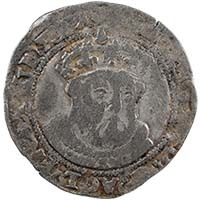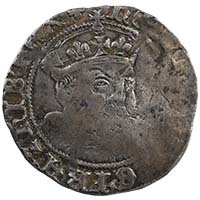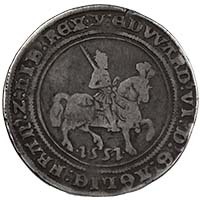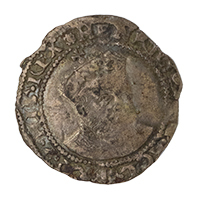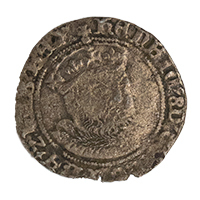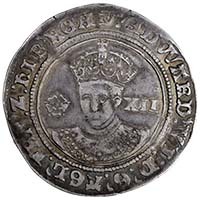Edward VI was born in 1537 to King Henry VIII and Jane Seymour. Edward’s arrival was long-awaited – Henry VIII had married twice before Jane, both marriages producing daughters, but he was desperate for a son that would be the heir to the throne.
As the only heir, Edward received the best education growing up. He learnt multiple languages, studied geometry and learned to play a number of musical instruments.
Despite his excellent education, he would have had a rather troubled upbringing. His mother died not long after he was born and his father went on to marry another three women – Anne of Cleves, who Henry divorced when Edward was three, Catherine Howard, who was beheaded for adultery, and finally Catherine Parr. His father himself then died when Edward was just nine years old, leaving the young Edward as king.
The Reign of King Edward VI
Given his young age, Edward’s reign was set to be controlled by a regency council that was due to run the government until the king turned 18. The plan wasn’t executed exactly as Henry VIII had probably intended, however. The council used their influence and power to their own benefit and Edward’s uncle, Edward Seymour, Duke of Somerset, named himself Lord Protector of England and took power.
Edward Seymour, Lord Protector
Somerset’s main interest was the continuation of England’s military campaign in Scotland. Under Henry VIII’s reign, he’d previously been put in charge of invading Scotland after it had broken the Treaty of Greenwich and allied with France. Now as Lord Protector, Somerset continued his campaign, which came to be known as The Rough Wooing.
After initial success, he lost direction later on. In 1549, the cost of maintaining the armies became too much, and England withdrew from Scotland.
The same year, with a feeling of unrest spreading through the country, a series of armed revolts broke out in England. The Council blamed Somerset for these disastrous failures and arrested him and later executed him, leaving the role as Lord Protector open.
Though he never took the title of Protector, John Dudley emerged as the new leader of the Council and was made Duke of Northumberland in 1551.
John Dudley, Duke of Northumberland
John Dudley had a different political approach to his predecessor. With no blood relation to the king, he made sure that he controlled the majority of the council. He did, however, take the same approach to religion as he also supported the religious reformation in England, backed by King Edward.
Triggered by Henry VIII’s separation of the English church from the Roman Catholic Church, Edward’s reign was an important time in the reformation. John Dudley now lead the country-wide move to Protestantism. Major religious reforms were made, including the abolition of mass, the end of clerical celibacy, the introduction of Thomas Cranmer’s Book of Common Prayer, and the rejection of papal authority.
King Edward VI’s Early Death
As it turned out, Edward was never destined to govern the country himself. In February of 1553, he became ill with pulmonary tuberculosis, an infection of the lungs. By June, it was apparent that he wasn’t going to recover, so the Council began making plans for succession.
The Council and even Edward himself feared that the succession of his Catholic half-sister Mary (Henry’s daughter by Catherine of Aragon) would jeopardize the reformation. Instead, Edward named his cousin, Lady Jane Grey, as his heir.
Edward died on the 6th of July 1553 and he was indeed succeeded by Lady Jane Grey. His cousin’s reign was set to be short, however, as Mary asserted her right to the throne, rallying the support of the Catholic faction and replacing Jane as Queen of England after just nine days.

